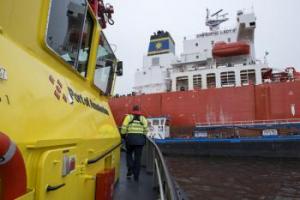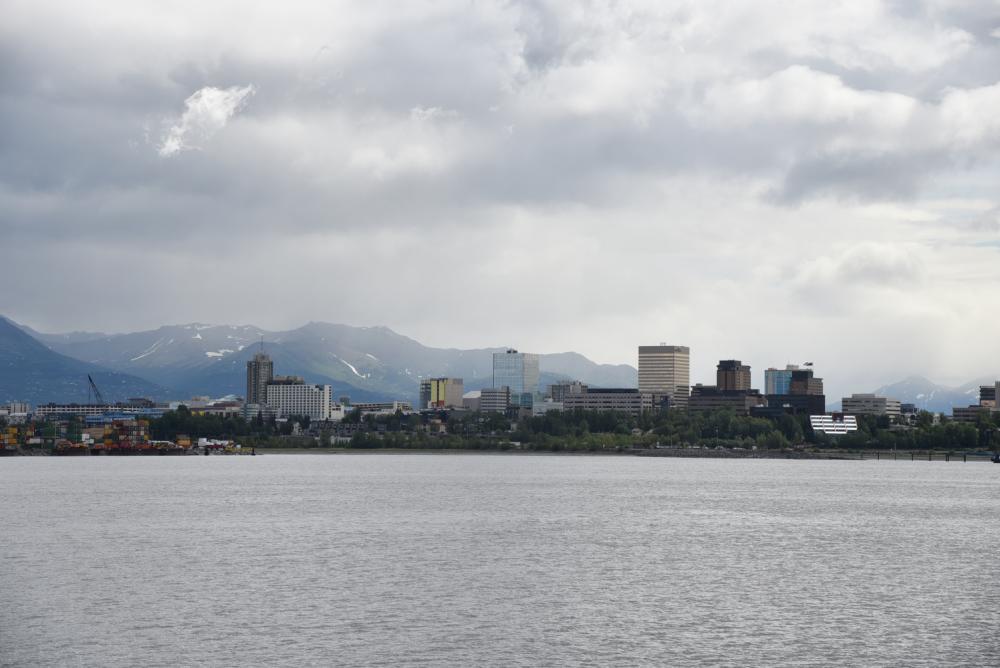Harbour Master
Harbour Masters
Worldwide there are approximately 3,000 merchant ports and the work of the Harbour Master can vary widely from country to country and from port to port even within the same country.



According to a statement from Anchorage, Alaska, on 7 August US Coast Guard personnel have been working with partner agencies to monitor a lubricant leak from a container ship that was on passage to Anchorage the previous week.
On the evening of 4 August personnel at the Coast Guard Sector Anchorage Command Center received a notification that the Maunalei, a 645-foot loa container ship, was leaking lubricant while transiting to the Port of Alaska.
The vessel, owned by Matson, Inc., was reportedly discharging a biodegradable, environmentally acceptable lubricant at a rate of approximately six gallons per hour. Given the low toxicity of the lubricant, the strong tidal currents and the slow release rate, threats to the wildlife and resources in the region were anticipated to be minimal.
Captain Leanne Lusk, the Captain of the Port of Anchorage commented: ‘The vessel contains perishable cargo and other supplies for distribution throughout Alaska.
‘After coordinating with federal, state and local stakeholders and balancing the risk to the supply chain with the risk to the environment, I have authorized the vessel to continue its transit into Anchorage.’
Following discharge of cargo it is understood that Matson employees have arranged for the vessel to transit to dry dock to commence repairs.
Picture captions see next sheet
Picture captions
The skyline of the city of Anchorage as seen from the dredger the US Army Corps of Engineers, Alaska District, contracts to maintain the Port of Alaska to keep the waterway safe for navigation.
Photo by Rachel Napolitan
US Army Corps of Engineers, Alaska District.
ACE©.
The US Army Corps of Engineers, Alaska District, contracts the Westport, a 2,000-cubic-yard hopper dredge operated by Manson Construction, to keep Cook Inlet safe for navigation by clearing built-up sediments on the seafloor that prevent large ships from coming through.
So far this year, the team has removed 85,000 cubic yards of material from the waterway and expects to see more infill from this point forward.
For the past twelve years, the cumulative volume removed each year from the beginning of spring until end of fall has ranged from 600,000 to 1.2 million cubic yards of material.
The Alaska District anticipates being on the lower end of the range for this year’s efforts.
US Army photo by Rachel Napolitan.
US Army ©.
The International Harbour Masters Association (IHMA) and the Port of Rotterdam Authority are pleased to announce the 15th International Harbour Masters Association Congress, to be held from 09–12 June 2026 at Theater Zuidplein in Rotterdam.
Naresh Sewnath, Senior Harbour Master at Transnet National Ports Authority (TNPA) in South Africa’s Port of Durban, began his maritime career back in 1988. He started out as a cadet with TNPA (then known as South African Transport Services (SATS).